
John Constable Painting Reproductions 4 of 4
1776-1837
English Romanticism Painter
80 Constable Paintings

The Marine Parade and Chain Pier, Brighton (Sketch) a.1826
Canvas Print
$63.03
$63.03
SKU: COJ-12315
John Constable
Original Size: 33.2 x 61.3 cm
Philadelphia Museum of Art, Pennsylvania, USA
John Constable
Original Size: 33.2 x 61.3 cm
Philadelphia Museum of Art, Pennsylvania, USA

Road to the Spaniards, Hampstead 1822
Oil Painting
$637
$637
Canvas Print
$61.81
$61.81
SKU: COJ-12316
John Constable
Original Size: 30.8 x 51.1 cm
Philadelphia Museum of Art, Pennsylvania, USA
John Constable
Original Size: 30.8 x 51.1 cm
Philadelphia Museum of Art, Pennsylvania, USA
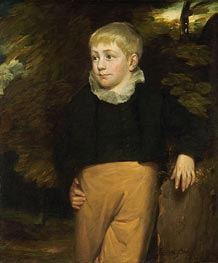
Portrait of Master Crosby 1808
Oil Painting
$1188
$1188
Canvas Print
$77.51
$77.51
SKU: COJ-12317
John Constable
Original Size: 76.8 x 64.1 cm
Philadelphia Museum of Art, Pennsylvania, USA
John Constable
Original Size: 76.8 x 64.1 cm
Philadelphia Museum of Art, Pennsylvania, USA
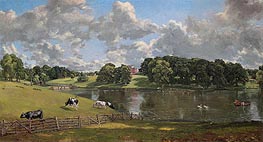
Wivenhoe Park, Essex 1816
Oil Painting
$1086
$1086
Canvas Print
$61.81
$61.81
SKU: COJ-15461
John Constable
Original Size: 56 x 101.2 cm
National Gallery of Art, Washington, USA
John Constable
Original Size: 56 x 101.2 cm
National Gallery of Art, Washington, USA
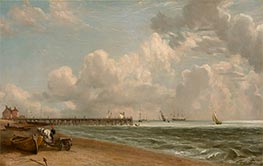
Yarmouth Jetty c.1822/23
Oil Painting
$941
$941
Canvas Print
$61.81
$61.81
SKU: COJ-17567
John Constable
Original Size: 32.4 x 51 cm
The Clark Art Institute, Massachusetts, USA
John Constable
Original Size: 32.4 x 51 cm
The Clark Art Institute, Massachusetts, USA
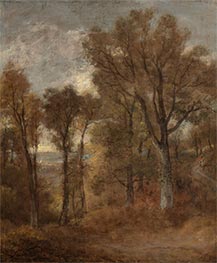
Woodland Scene Overlooking Dedham Vale c.1802/03
Oil Painting
$890
$890
Canvas Print
$77.17
$77.17
SKU: COJ-17568
John Constable
Original Size: 77 x 65 cm
The Clark Art Institute, Massachusetts, USA
John Constable
Original Size: 77 x 65 cm
The Clark Art Institute, Massachusetts, USA
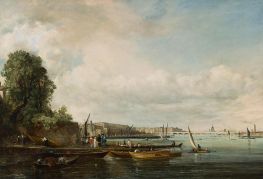
Waterloo Bridge c.1820
Oil Painting
$1098
$1098
Canvas Print
$63.88
$63.88
SKU: COJ-19724
John Constable
Original Size: 55 x 78 cm
Cincinnati Art Museum, Ohio, USA
John Constable
Original Size: 55 x 78 cm
Cincinnati Art Museum, Ohio, USA